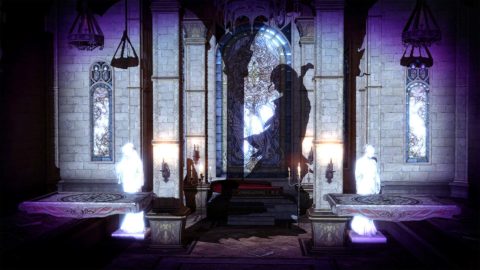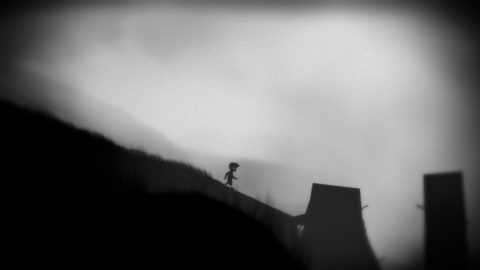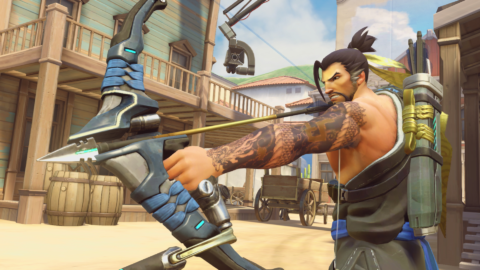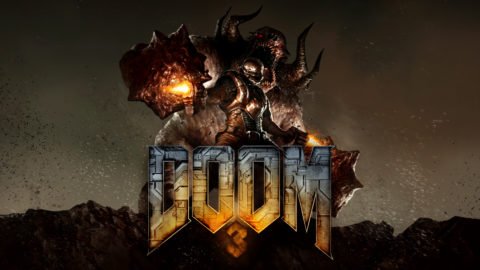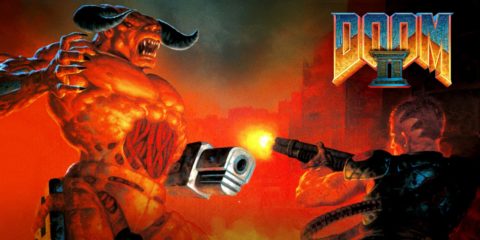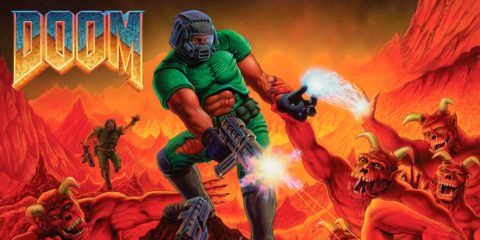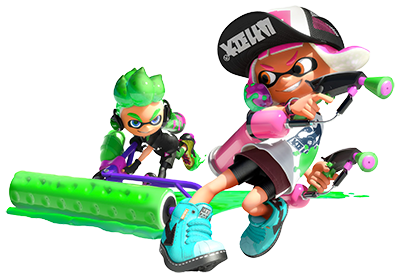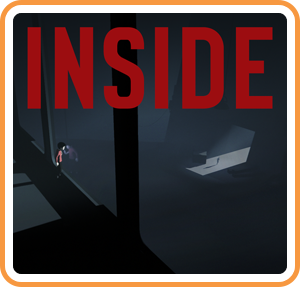
INSIDE is the eagerly awaited spiritual successor to LIMBO, Playdead’s fantastically haunting dark puzzle platformer. It’s obvious INSIDE and LIMBO share much of the same DNA, but developer Playdead takes everything that made LIMBO such an engaging title and ambitiously builds upon it to make INSIDE even greater. INSIDE’s hopelessly Orwellian presentation, disturbing narrative, and brilliantly creative puzzle elements make it a phenomenal and impactful experience. INSIDE accomplishes everything it sets out to do and ensures that your time in its surveillance-riddled landscapes have you thinking about its world long after you complete the game.
A New Place to Escape
Unlike LIMBO, INSIDE starts off with a bang as you find yourself playing as an unnamed boy who is being chased in the woods by menacing humans in masks. There is no explanation as to why the boy is in the forest, who the people searching for the boy are, or what either of their purposes is for doing so. The boy runs and hides from blinding headlights, violent dogs, and speeding bullets to escape. After narrowly leaving the woods with his life, the boy comes across a looming and ominous building in the middle of a field. The boy sneaks into the structure only to discover multitudes of zombified humans under complete control and surveillance by an unknown authority. His reasons for being inside is never stated, but it’s clear there is something horribly wrong happening and that this boy needs to get out.
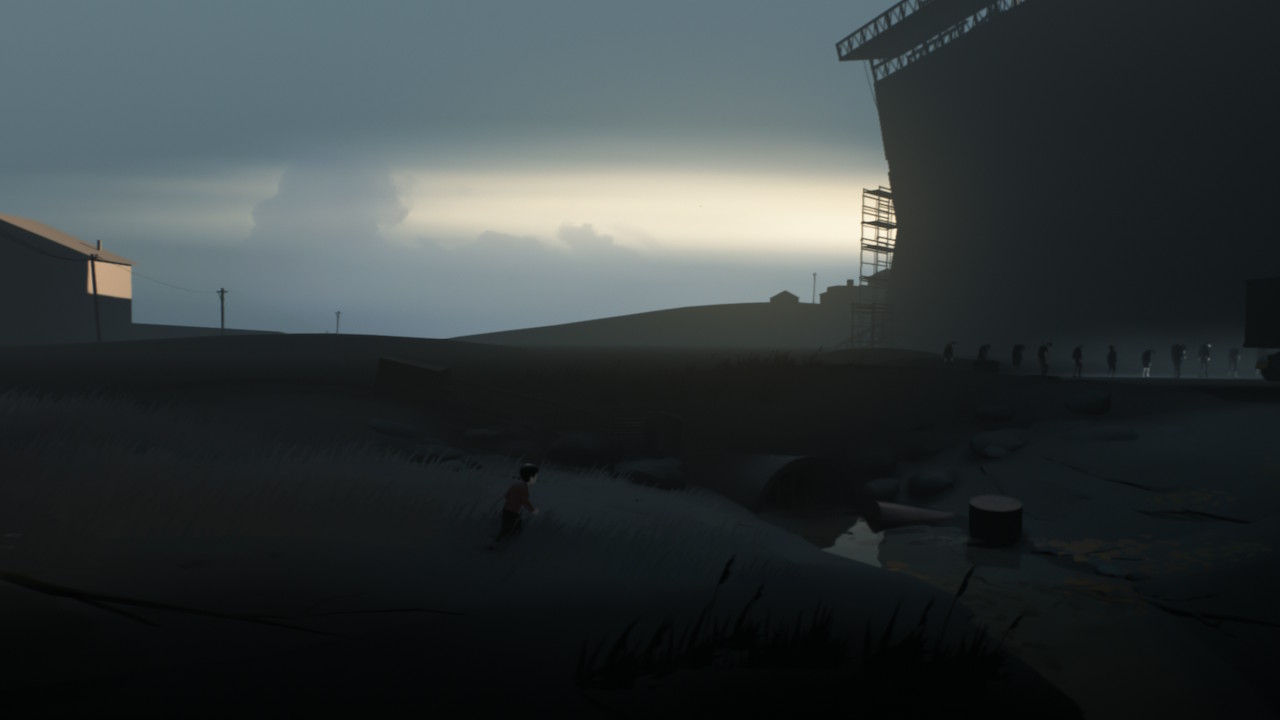
Finding Hope in Color
While LIMBO used black and white film noir to create an immersively dark and depressing experience, INSIDE tries to convey its own sense of hopelessness through the sparing use of color. The boy’s red shirt is the most consistently apparent color in the ocean of gray and silver that paints the industrial world of INSIDE. INSIDE uses these splashes of color to indicate interactive elements or moments of intrigue and hope throughout its levels. The bright yellow of the little chicks that follow you in the farmland stands out clearly from the drab floors and walls of the barn. The majestic glowing of the sun as light pours into the building from small crevices and holes in the ceiling and walls indicate hope and a literal means of escape. The boy’s red shirt harshly stands out in the lines of mind-controlled humans who blindly follow their mysterious overseers.
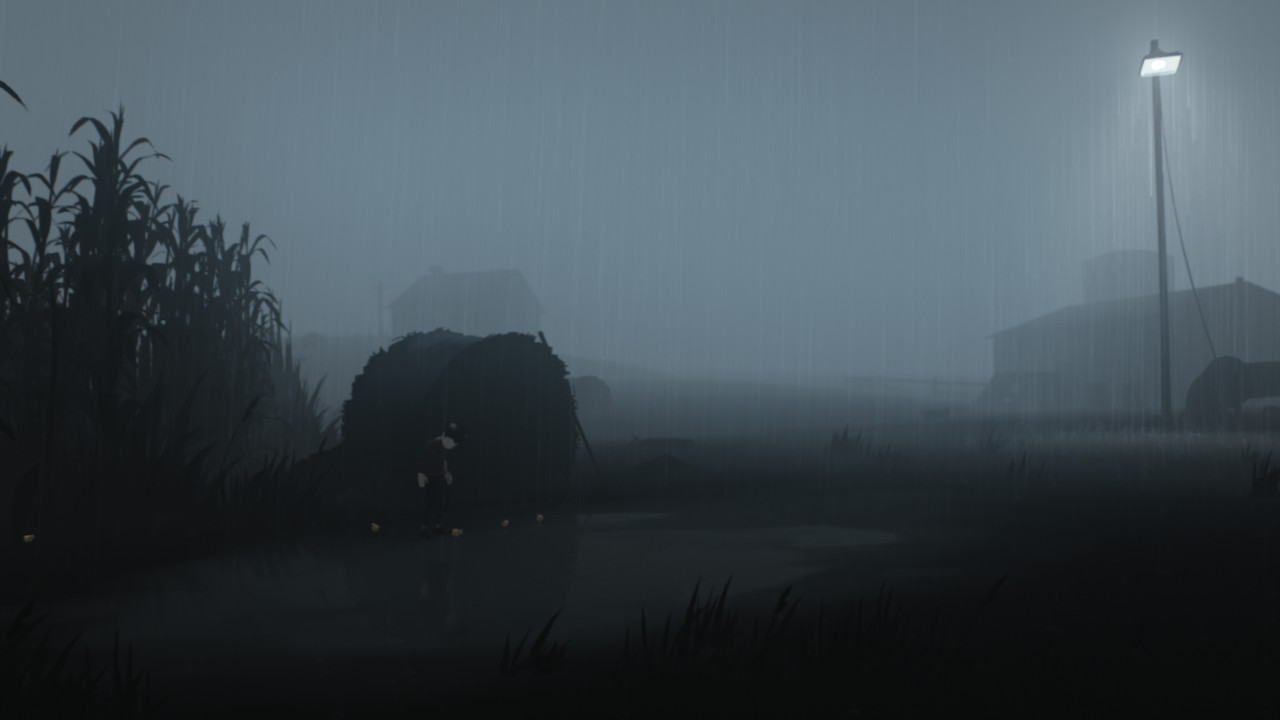
LIMBO and INSIDE make an effort to make their games as immersive as possible by refusing to include any semblance of UI, text, or dialogue. These design choices allow INSIDE to be more creative in the way it communicates causation and goals to players. Environmental storytelling and clues are used to help the player piece together some idea of what’s going on in the story while effectively communicating how players should engage with puzzles. INSIDE’s use of sound effects and music are just as crucial to the overall presentation and immersion it’s trying to accomplish. Moody, ambient soundscapes play throughout the loneliest parts of the adventure while tense, thrilling tracks make appearances for the more exciting moments of the experience.
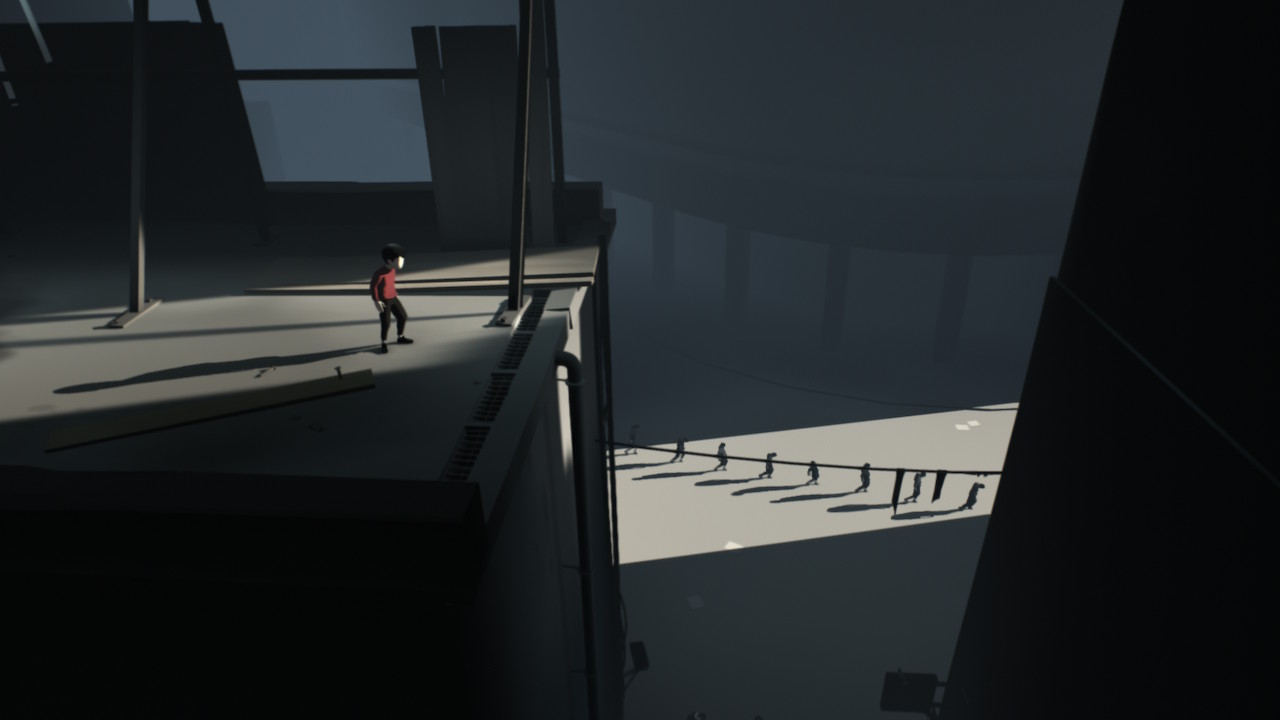
Overall, the game does an excellent job at creating an endlessly disturbing and Orwellian atmosphere. From the imposing monochrome buildings to the dejected walking of the mind-controlled people, to the constant feeling of surveillance from all the cameras, floodlights, and masked people, INSIDE makes you feel like you’re in a Big-Brotheresque nightmare with no real escape.
Escape and Rescue
INSIDE and LIMBO share a lot of the same DNA when it comes to gameplay, but INSIDE makes a more ambitious effort to immerse the player in its puzzle platforming through interactive backgrounds, cinematic engagements, and smart puzzle sections involving a mind-control mechanic.
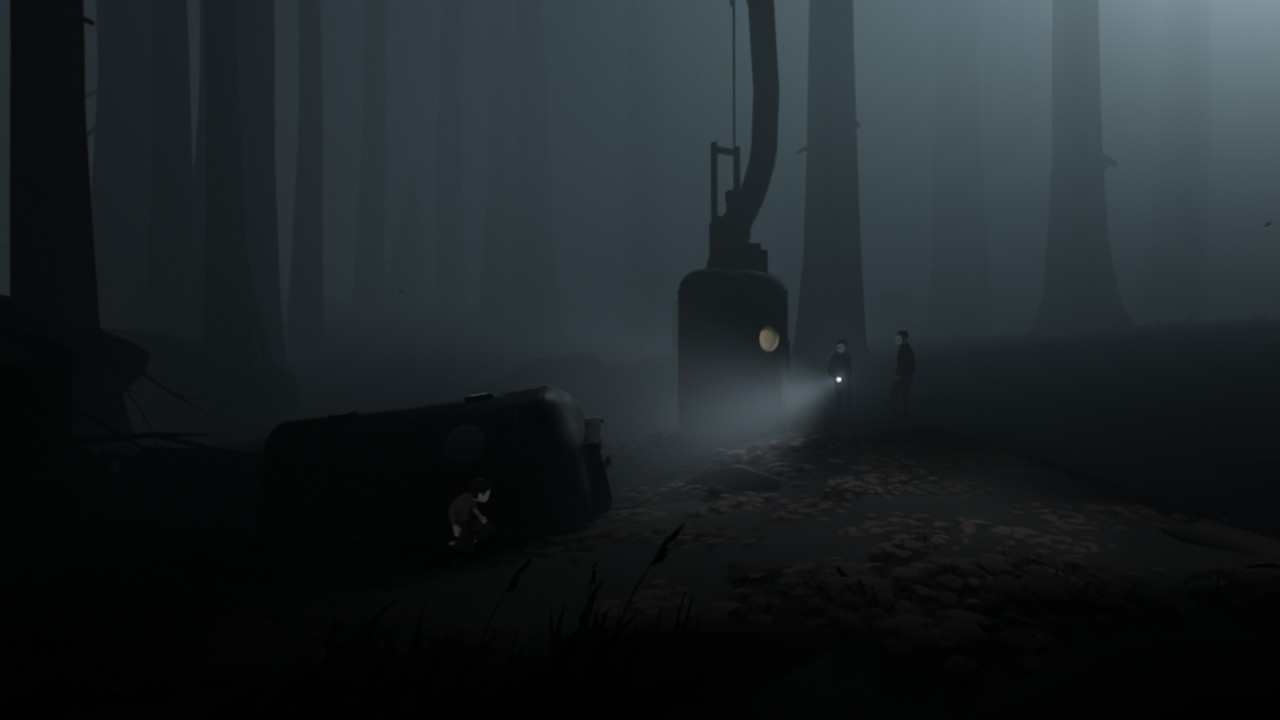
INSIDE still features common puzzle-platforming elements like pushing a crate so you can better reach a ledge or pull levers to activate doors and other mechanisms. What makes INSIDE consistently exciting is the fact that the gameplay does not exist solely within the player’s 2D space. The boy can only move left and right but his surrounding environment can interact with him. When the boy is chased in the forest, you watch as masked enemies and dogs search for him in the background. If the boy steps into their line of sight, the enemies immediately apprehend or kill him. You have to be strategic in the way you move and how you interact with the environment because your actions affect more than just the space you can manipulate.
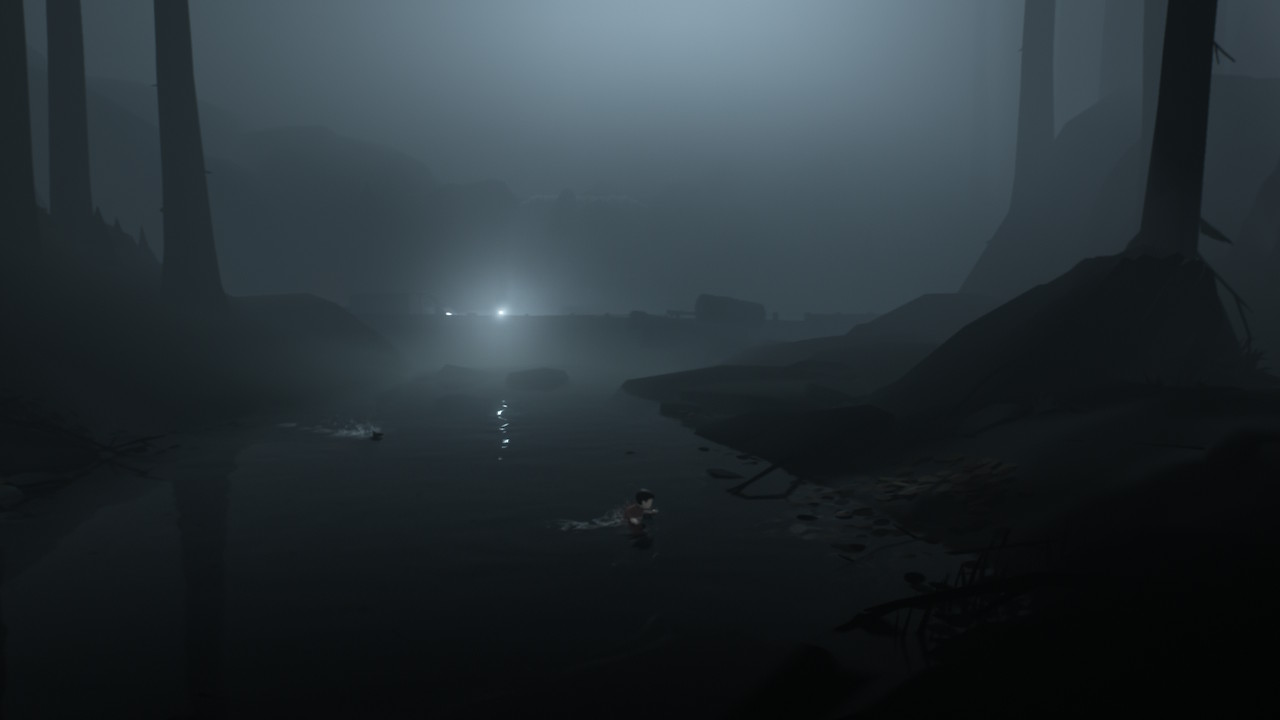
Along with these interactive backgrounds, INSIDE also features scripted encounters that provide exciting breaks in between the puzzle platforming sections. Throughout the game, there will be moments where dogs chase the boy, is searched for by people, or watched by a floodlight in a line of mind-controlled human prisoners. These sections are flawlessly crafted to be as tense and thrilling as possible, forcing you to make perfectly timed jumps to narrowly escape a dog’s bite or having you follow the exact movements as the prisoners in a queue. All it takes is one wrong step for the boy to brutally die at the hands of a ferocious dog or instantly electrocuted and abducted by a mysterious wire.
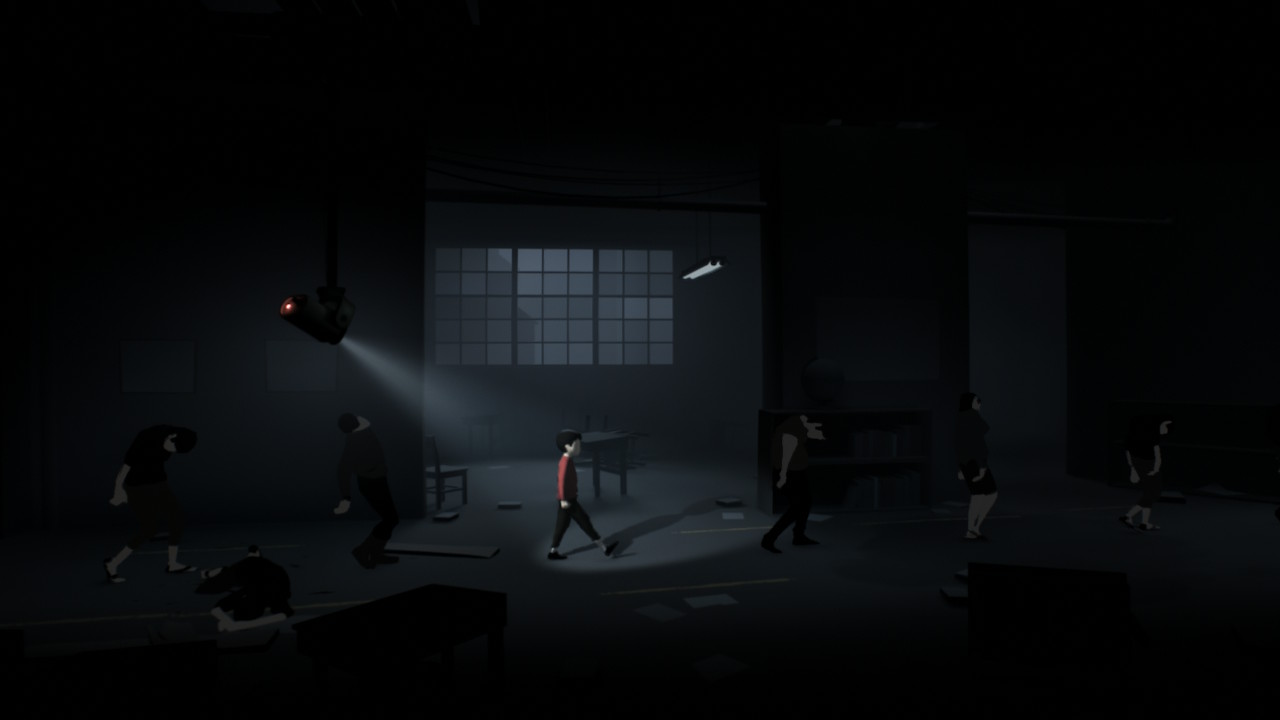
The mind-control mechanic provides some of the most creative and crafty puzzles in the whole game. For some unexplained reason, the boy somehow obtains the ability to control some of the mind-controlled prisoners in the facility. When the boy harnesses this power either by wearing a mind-control helmet or walking into a designated area, he can control groups of mindless people at his whim.
They are slow to move and walk in a zombified state, but they can push and pull objects, throw the boy onto ledges and over gaps, and break the boy’s fall from tall heights. There is strength in numbers when it comes to mind-control and at some points, you will have to search the facility to recruit a large number of prisoners to move an object or unlock a pressure sensitive door.
The mind-control puzzles are the most creative elements of the game because they ask the player to consider their position relative to that of the people they are controlling. In earlier mind-control puzzles, the boy is in a stationary position so controlling the prisoners is easy to understand. Once the boy is free and the prisoners mimic his every movement, the boy must consider the best course of action to get the prisoners to where they need to be without jeopardizing their lives or his own. It’s clear that these prisoners are not acting of their own free will but they are eager to help the boy on his journey, even if it means staying behind to help him escape.
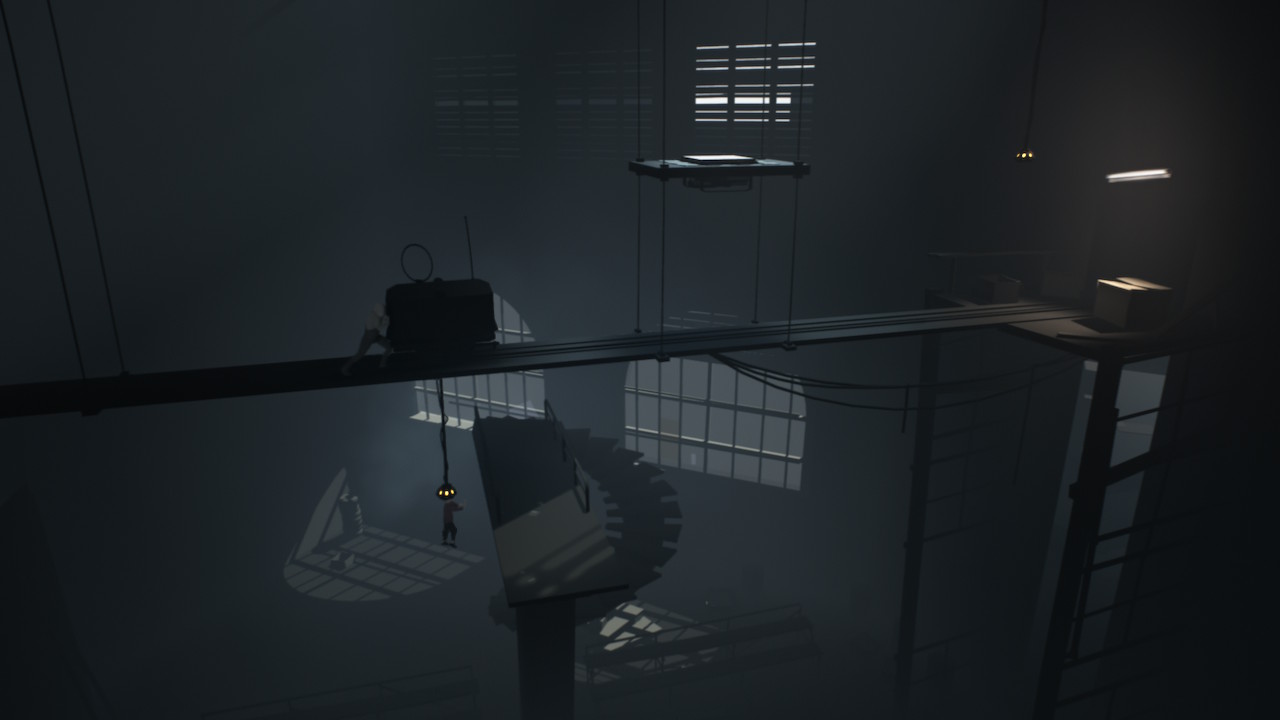
When compared to LIMBO, INSIDE’s puzzles are not nearly as challenging. They’re relatively straightforward, and the generous checkpoint system and quick load times between deaths ensure that frustrations from trial-and-error are kept at a minimum. Other than collecting the hidden orbs in the game to unlock the secret ending, there isn’t much to do in INSIDE once you’ve completed its 30+ levels. It took me a little over 4 hours to finish the game meaning it is a short, but polished, experience.
Final Thoughts
INSIDE is an engaging experience from start to finish. It manages to craft an immersive narrative and captivating world without any dialogue or text. INSIDE uses color, sound, and animation carefully to evoke powerful images, and manages to capture a profound sense of uncertainty and unpleasantness that I would describe as the complete invasion of free will, privacy, and safety.
INSIDE brings fresh experiences to the puzzle platforming genre through its use of interactive backdrops, scripted encounters, and mind-control mechanics. The conclusion of this game will have you asking questions and searching for answers for days to come. INSIDE has taken everything that made LIMBO a great title, and refines it to create a unique and impactful Orwellian escapade. INSIDE is available now on the Nintendo eShop for $19.99.
Review Copy Provided by Playdead
